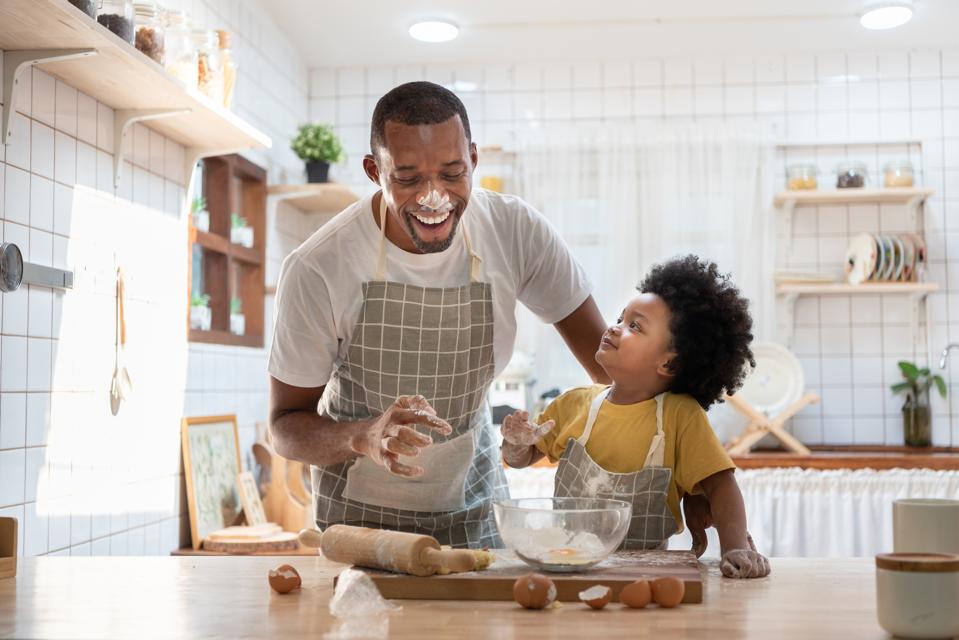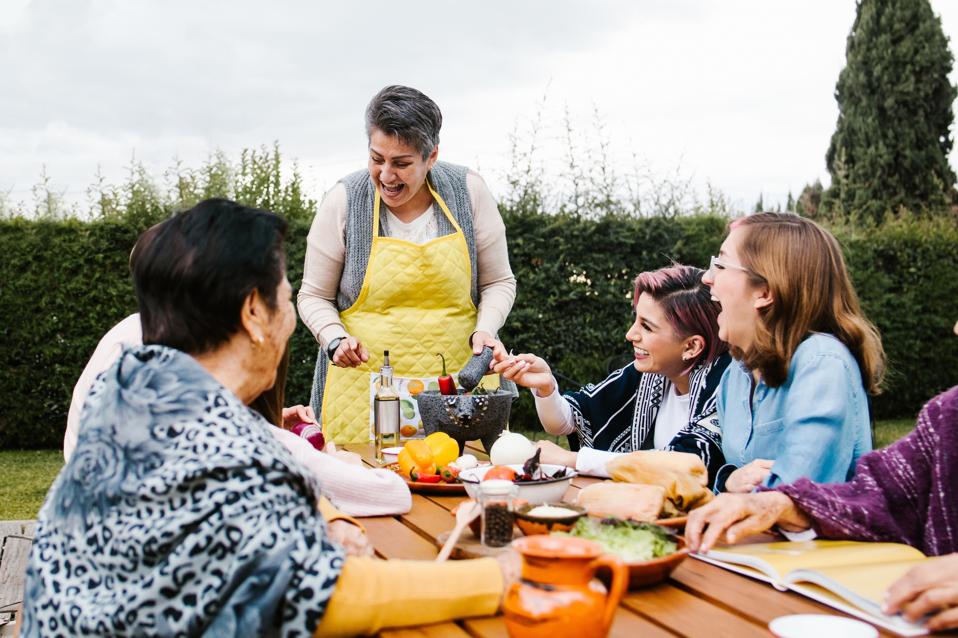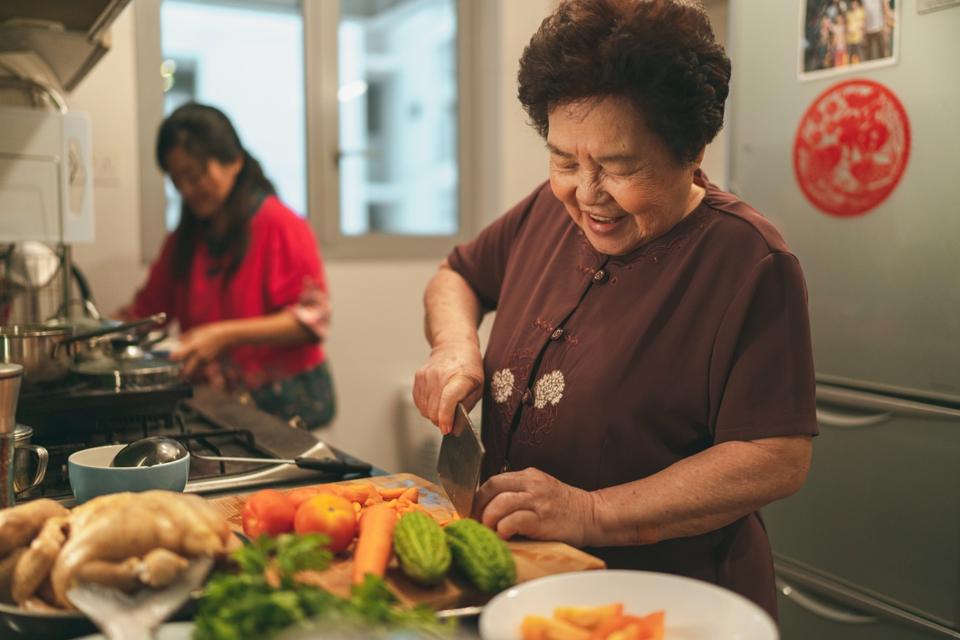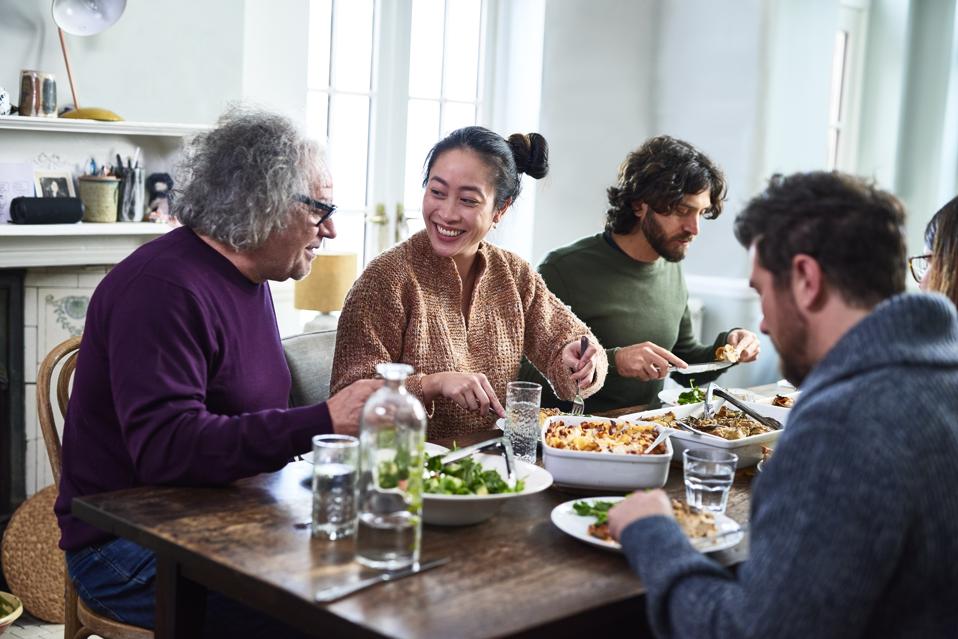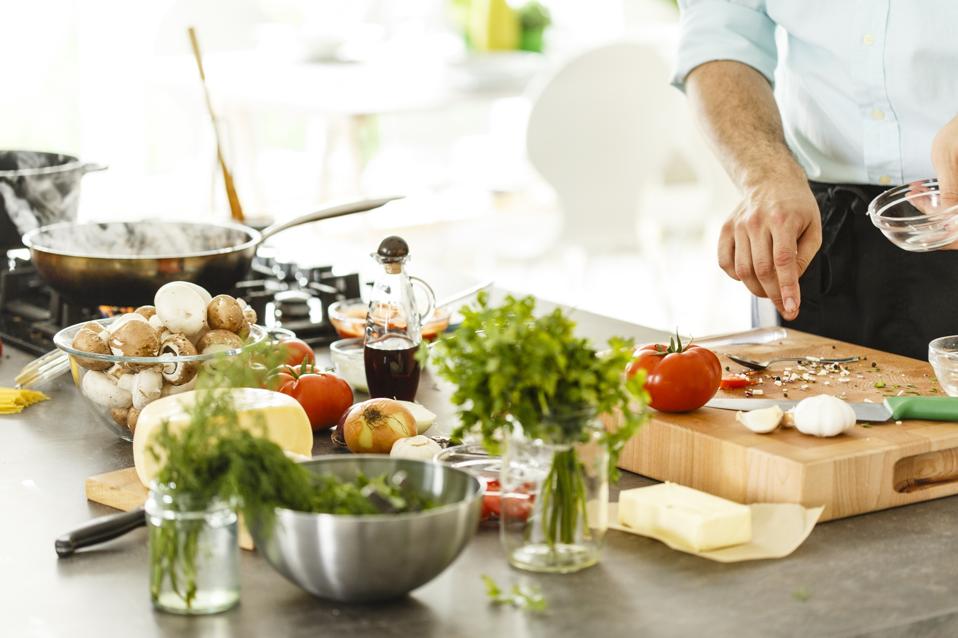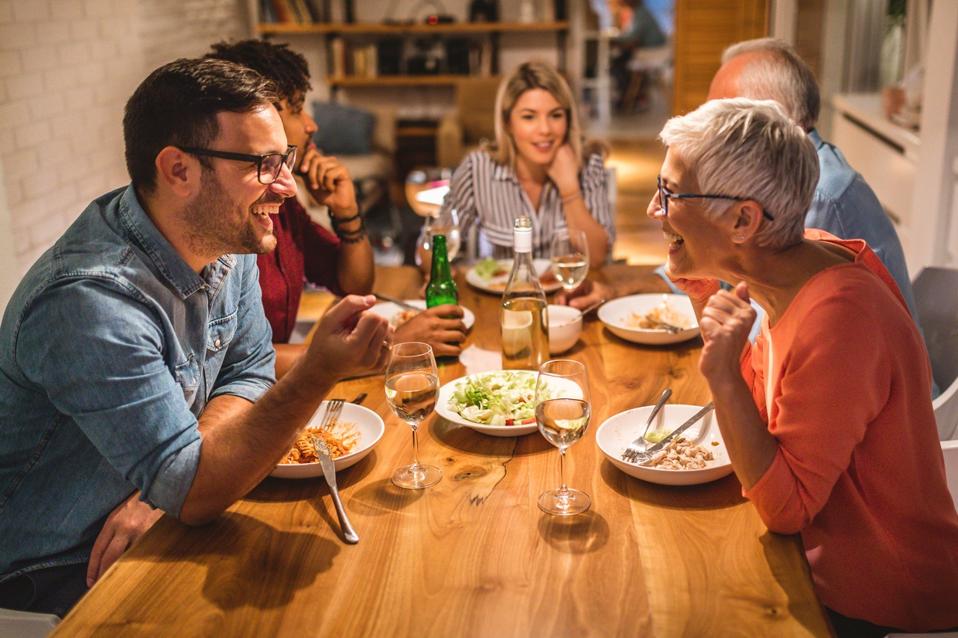Food serves as more than a means of sustenance; it concurrently bridges our family history, creating a link between our past and present, thereby immortalizing familial legacy through food memories
Reconnecting with Our Food Heritage: A Journey Beyond Recipes
These recollections are intrinsically personal and richly cultural. A 2016 study published in Food and Foodways portrays narratives decoding food-based memories as “quintessential to everyday practices as well as ceremonial/ritual events.” Indeed, reconnecting with our food heritage extends far beyond recreating recipes—it’s about mindfully preserving memories and traditions.
Crafting these narratives and preserving food-related memories can influence our everyday choices. As examined in a study by Cultural Sociology, this includes exploring the “micropolitical affectivity of remembering and forgetting.” Such discussions deepen connections, foster understanding, and shape the ingredients and stories of our future meals around our dining tables.
As you gather around the dining room table with your family, whether it’s of birth or choice, shared meals forge enduring bonds and ever-lasting memories. But why let these priceless moments fade away? Here are some effective ways to document and uphold these memories and experiences:
Start Conversations
Get the conversation started about your family’s treasured recipes. Invite older family members to share the history and inspiration behind family dishes. If your family consents, use your smartphone’s voice recorder to immortalize these culinary tales. Documented in familiar voices, these audio records become auditory heirlooms that echo the warmth of your heritage.
Ask Questions, Get Curious
During the cooking process, initiate a dialogue beyond what is explicitly stated in a recipe. Engage with the cook and ask about the “how” and “why” behind each step. Probing questions like “Why do we add this spice at this point?” or “How does letting it simmer affect the flavor?” can lead to detailed explanations and unexpected stories.
Include Everyone
Don’t exclude anyone! Involve all members in this culinary documentation journey. Everyone brings a unique flavor and story to the table. Exchange reminiscences and memorabilia connected with family meals with relatives of all ages. Their shared memories contribute to a comprehensive understanding of your family’s culinary history, broadening the narrative beyond the recipes to the significance those meals play in our shared heritage.
Keep an Eye Out for Key Ingredients
Inquire about specific brands or types of ingredients family members use in dishes. Something as simple as the type of sweet potatoes used in your mother’s sweet potato pie recipe can significantly affect the taste. Noting these details will ensure authentic replication and understanding of the dishes.
Capture the Ambience
Pay attention to the atmosphere accompanying your meal times. Think beyond the visuals and tune in to the sights, sounds, and smells integral to this experience. You might notice the bubbling sound of a simmering pot, the sizzling sound of a cooked dish, the clinking utensils, muffled laughter, or a family member’s endearing cooking song. The olfactory memories are strong, too — the aroma of spices as a pot simmers, the sweet scent of baking treats, or the smoky flavor ascending from a grill.
Document & Reflect
Use your phone to capture these sensory details if you can’t journal them immediately. Whether you decide to write about them afterward or record your observations for future reference, these sensorial elements are as much a part of the meals as the food itself. A diligent note of these can greatly enhance your family’s culinary narrative.
Through this journey of curiosity and revelation, you’re doing more than preserving recipes – much like the most treasured family heirlooms, these recipes, and culturally rich food memories can be handed down and cherished across generations.
This article was written by Stephanie Gravalese from Forbes and was legally licensed through the DiveMarketplace by Industry Dive. Please direct all licensing questions to [email protected].
![]()


